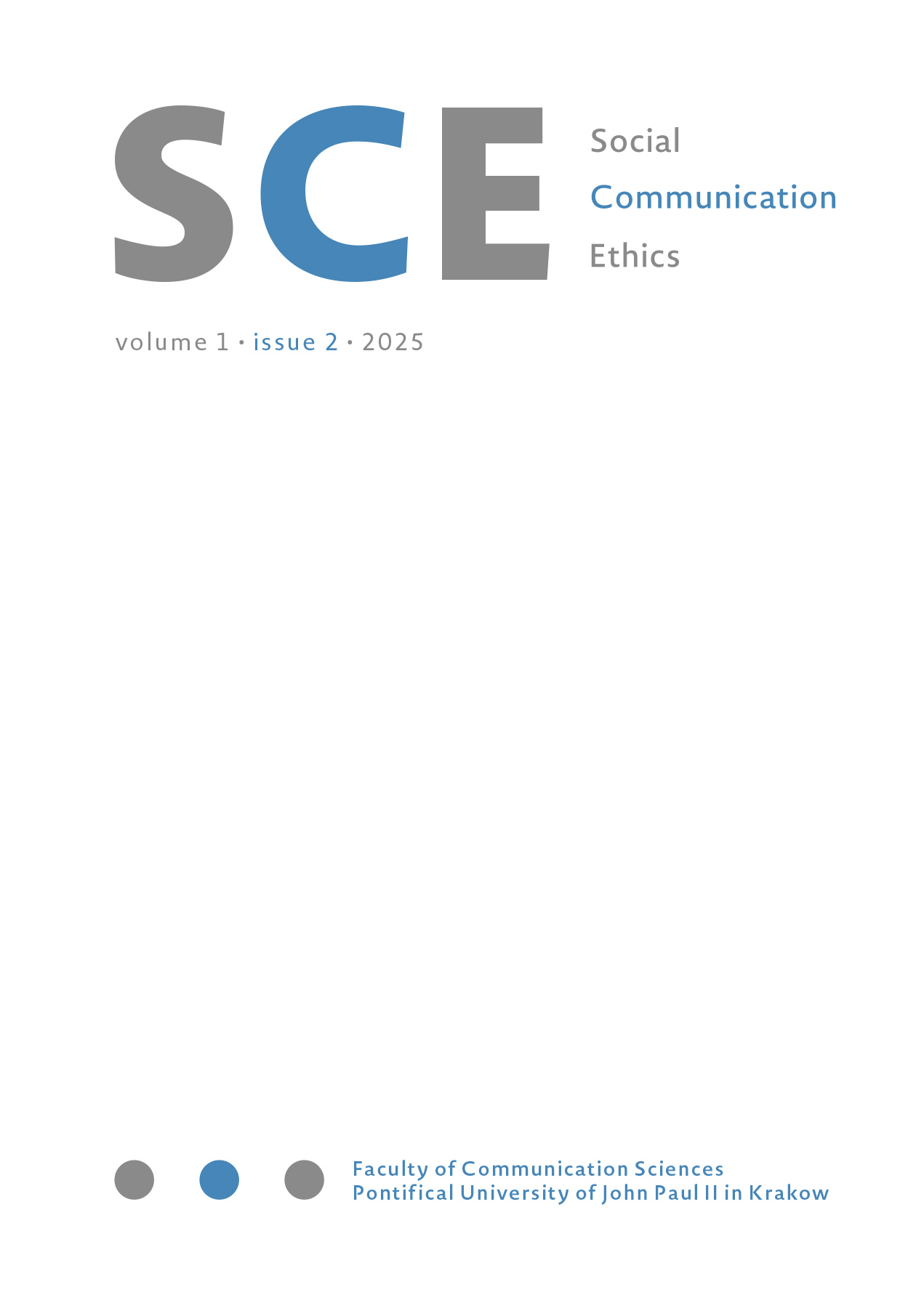Educational challenges of developing multiple communication competences in the era of convergence. Case study of the Transilvania Creative Camp
DOI:
https://doi.org/10.15633/sce.01204Keywords:
media literacy, media literacy competences, intercultural competences, intangible heritage, projectbased learningAbstract
The purpose of our article is to show, on the basis of theoretical analysis and empirical research, that participating in intercultural educational activities based on the project method can have a beneficial impact on the development of multiple communication competences. This paper combines participant observation with elements of content analysis and presents a case study of a summer school, the Transilvania Creative Camp. The participants’ focus was to create a promotional strategy for the heritage of Lăpuș Land in Northern Transylvania (Romania). It can be noted that whilst implementing the main objectives of the project, specifically the development of marketing communication skills, the participants developed, among others, competences in the field of intercultural, visual and media literacy. This initiative fits perfectly into the needs of contemporary education—it is a response to globalisation processes, shapes awareness of intangible cultural heritage, and promotes sustainable tourism and intercultural understanding.
References
Barrett, M., & Borghetti, C. (2025). What is intercultural competence? In P. Genkova et al. (Eds.), Handbook of Diversity Competence European Perspectives. Cham, Switzerland.
Companion document to the ACRL framework for information literacy for higher education. The framework for visual literacy in higher education. April 6, 2022. The Association of College and Research Libraries (ACRL). https://www.ala.org/acrl/sites/ala.org.acrl/files/content/standards/Framework_Companion_Visual_Literacy.pdf. (accessed 22.11.2024).
Chen, Q. (2022). Vlog virtual tour: A critical framing perspective. Journal of Media Literacy Education, 14(3), 108–118. https://digitalcommons.uri.edu/cgi/viewcontent.cgi?article=1499&context=jmle (accessed 22.10.2024).
Chomczyński, P. (2011). Obserwacja uczestnicząca. In T. K. Konecki, & P. Chomczyński, Słownik socjologii jakościowej, (pp. 197–198). Difin SA.
Hobbs, R., & Jensen, A. (2009). The Past, Present, and Future of Media Literacy. Journal of Media Literacy Education, 1. https://digitalcommons.uri.edu/cgi/viewcontent.cgi?article=1000&context=jmle (accessed 2.10.2024).
Hobbs, R. (2010). Digital and media literacy: a plan of action. Aspen Institute, Washington, D.C. https://www.aspeninstitute.org/wpcontent/uploads/2010/11/Digital_and_Media_Literacy.pdf. (accessed 2.10.2024).
UNESCO (2013). Intercultural competences. Conceptual and operational framework. https://unesdoc.unesco.org/ark:/48223/pf0000219768/PDF/219768eng.pdf.multi (accessed 22.05.2025).
Ling, M., Liu, Y., & Nechita, F. (2024). Project-based learning at Dracula Digital: A comparative perspective from Romania and Brunei. Trends in Higher Education, 3, 757. https://www.mdpi.com/2813-4346/3/3/43 (accessed 22.05.2025).
Media Literacy for Global Education Toolkit for Youth Multipliers (2022). Council of Europe. https://teg.edu.pl/wp-content/uploads/2022/08/Media-literacy-Toolkit.pdf (accessed 12.10.2024).
Nechita, F., & Tanaka, H. (2017). Creative Destinations and Heritage Interpretation: The Story of Transilvania Creative Camp 2016. Presa Universitară Clujeană. http://www.editura.ubbcluj.ro/www/ro/ebook2.php?id=2044.
Nechita, F., & Tanaka, H. (2021). Framing an international summer school project in Transylvania into three dimensions of the Hofstede’s Model. In E. Wainio (Ed.), Kulttuurikirjon sadonkorjuu/ Intercultural Harvest (pp. 20–29). Laurea-Julkaisut. Laurea Publications 16.
Nechita, F. et al. (2018). Valorizing intangible cultural heritage through community — Based tourism in Lăpuș Land. Transilvania Bulletin of the Transilvania University of Braşov, Series VII: Social Sciences. Law, 11(60), No. 1, 65–74.
Pawłowska, B. (2011), Studium przypadku. In T.K. Konecki, & P. Chomczyński, Słownik socjologii jakościowej, (pp. 197–198). Difin SA.
Potter, W. J. (2022). Analysis of definitions of media literacy. Journal of Media Literacy Education, 14(2), 27–43. https://digitalcommons.uri.edu/cgi/viewcontent.cgi?article=1547&context=jmle (accessed October 12, 2024).
Salo-Lee, L. (2007). Cultural literacy — an aim of global education. In T. Kaivola, & M. Melén-Paaso, Education for Global Responsibility — Finnish Perspectives, Ministry of Education (pp. 76–82). Department for Education and Science Policy Helsinki.
Shin, S., & Miller, S. (2022). A Review of the Participant Observation Method in Journalism: Designing and reporting. Review of Communication Research, 10, 114–145. https://doi.org/https://doi.org/10.12840/ISSN.2255-4165.035
Thoman, E., & Jolls, T. (2008). Literacy for the 21st Century. An Overview & Orientation Guide to Media Literacy Education Center for Media Literacy. https://www.medialit.org/sites/default/files/01a_mlkorientation_rev2_0.pdf.
Downloads
Published
Issue
Section
License
Copyright (c) 2025 Anna Miśkowiec

This work is licensed under a Creative Commons Attribution 4.0 International License.
Authors who publish in this journal agree to the following terms:
- Authors retain the copyright and full publishing rights without restrictions and grant the journal right of first publication with the work simultaneously licensed under a Creative Commons Attribution 4.0 International License that allows others to share the work with an acknowledgement of the work's authorship and initial publication in this journal.
- Authors are able to enter into separate, additional contractual arrangements for the non-exclusive distribution of the journal's published version of the work (e.g., post it to an institutional repository or publish it in a book), with an acknowledgement of its initial publication in this journal.
- Authors are permitted and encouraged to post their work online (e.g., in institutional repositories or on their website) prior to and during the submission process, as this can lead to productive exchanges, as well as earlier and greater citation of published work (See The Effect of Open Access).

